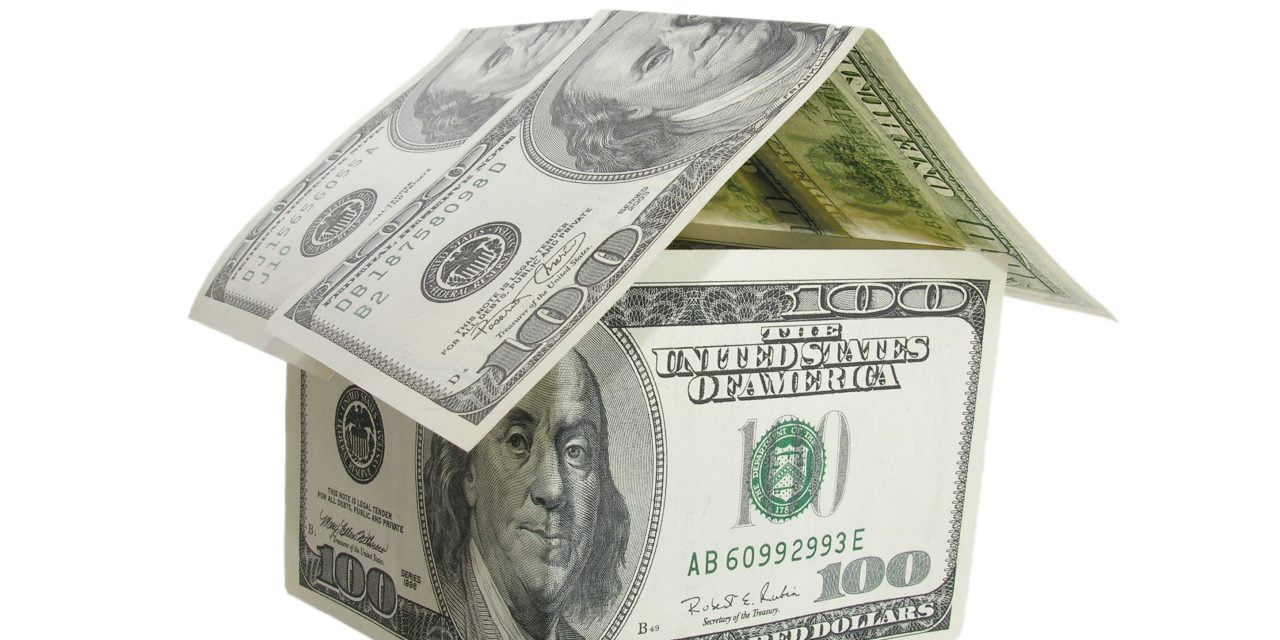Who are the majority of the all-cash buyers in your market?
- U.S. investors. (52%, 64 Votes)
- Foreign investors. (40%, 49 Votes)
- Buyer-occupants. (9%, 11 Votes)
Total Voters: 124
Until now, the arena of cash buyers has been dominated by big investors, both foreign and domestic. Enter the current homeowner.
Despite historically low interest rates, the percentage of all-cash sales increased nationwide from 30.8% of all sales in October 2011 to 34.1% in January 2012. During this period, cash purchases by investors and first-time homebuyers remained flat, meaning the increase in cash purchases resulted from current homeowners. [For more information on the rising trend of cash buyers, see the March 2011 first tuesday article, January 2011 sees new record number of cash buyers.]
The average cash buyer receives a 10% discount off the asking price. Sellers frequently prefer cash buyers as all-cash transactions do not contain buyer-financing contingencies, and are favored by lenders in a shortsale and real estate owned (REO) situation trying to unload properties quickly. In both circumstances, cash offers are frequently accepted over finance-contingency offers even if the amount offered is less than the listed price.
Additionally, for properties owned by Fannie Mae and Freddie Mac, cash offers made by buyer-occupants are favored over investors who will not actually occupy the home. [For information on the seller’s preference for cash buyers, see the August 2010 first tuesday article, Speculations on speculator suppression.]
While an influx of cash offers is a good thing for bloated inventories, all-cash deals are a double-edged sword. All-cash offers drive prices down across the board, as they do not provide any upward pricing momentum. These discounted prices cause appraisal comps to fall, thus making home values languish at best, and continue in their downward spin at worst.
first tuesday take: Historically, the average rate of cash purchases in California is 14% – less than half of the current rate.
The good news: current homeowners get a great deal on a cash purchase, but the majority of cash buyers are investors. Too many are speculators looking to flip on the belief prices will rise to generate a profit for them in the short term without doing one thing to add value to the property. [For more information on flippers, see the January 2012 first tuesday article, Anti-flipping waiver reincarnated.]
But is all cash really a bad thing? It’s about the resistance of sticky pricing most of all.
As all-cash buyers allegedly drive home prices down, positive equity sellers across California cringe, fearing the hit they will take to their balance sheets if they sell. However, they have no cause to cringe about pricing if, and we mean if, they purchase a replacement home within a year or two – a financial push in terms of value sold and value received.
The claimed discounts cash buyers receive clearly reflect the defined fair market value (FMV) of a given property, not its artificially inflated price buoyed by leveraged purchases as in the past. A return to fundamental pricing paves the way for home prices to reach their equilibrium price – which they have yet to do in California (we have another 10% -15% reduction to go). That is the price point at which the current dollar value of the home matches its long-term historical price level.
Further, actual sales prices must first dip below the historic equilibrium price, which runs with consumer inflation, before significant sales volume momentum will build (sometime in 2016) and prices begin to move upward to and above that mean price again (probably in 2017). [For more information on equilibrium pricing, see the October 2011 first tuesday article, The equilibrium trendline: the mean-price anchor.]
Unfortunately, the irrational exuberance experienced in the past by both buyers and lenders thinking home values would continue to increase indefinitely led to the foreseeable terrible injury it inflicted on the housing and income property/land markets. Soon enough the permissive illusion was revealed, and here we are again, approaching the crossover at the equilibrium price. It is not a free fall, but it is moving as do glaciers.
Here are some helpful tips astute first tuesday readers can put into practice: to make an offer as attractive as possible, stay away from unnecessary contingencies and offer a quick closing date (30 to 45 days). Buyers requiring purchase-assist financing should also be pre-qualified for a mortgage to be able to show the seller their lender paperwork and demonstrate a serious intent to purchase.
Re: “In today’s topsy-turvy housing market, cash rules” from the Sacramento Bee and “Throwing cash at the housing market will make it worse” from CNN Money















I’ve been trying to buy a rental condo for months…I have $100,000 cash to spend, but every offer I make, they already have a sold pending/backup situation…and don’t even LOOK at all cash. If another buyer offers $500 more, they go with that…what happens then is the new buyer can’t qualify for a loan, so the property sits on the market for months and months. Trustees are not very helpful…interesting situation.